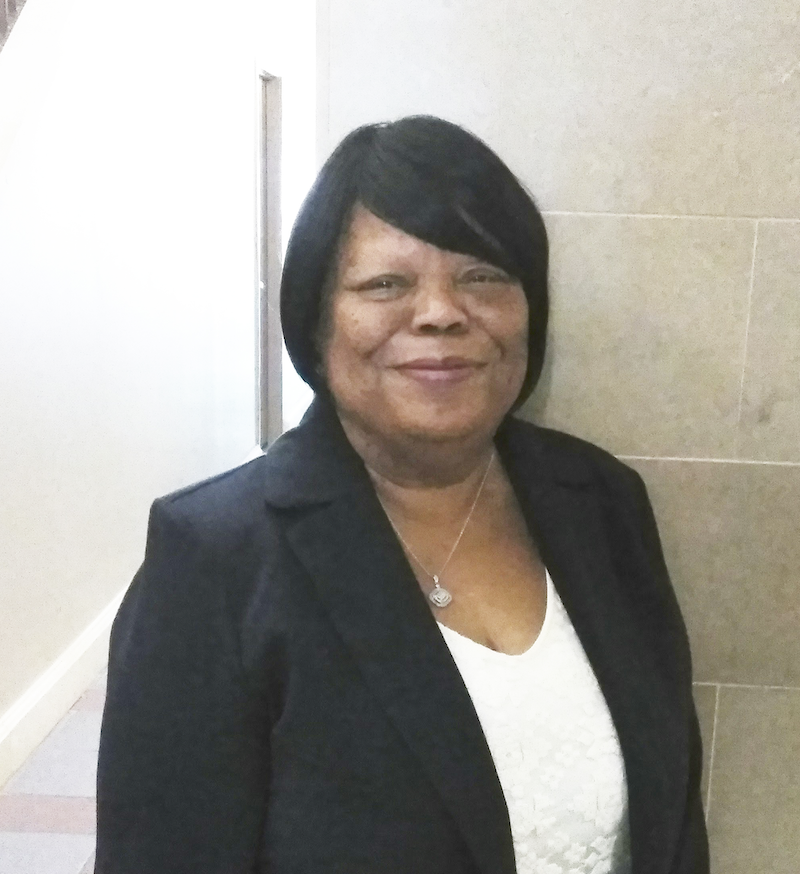MOORE OUTDOORS: Flounder continue to inspire
Published 11:15 pm Saturday, October 21, 2017
As the tiny flounder slid out of my hand into the tea-colored waters near the Old Bailey’s Fish Camp site I could not help but smile.
I released the fish into the slough that feeds into Old River Cove on Sabine Lake, and as the outgoing tide moved by, I imagined the little flounder settling in the vegetation just downstream.
That was nine years ago when I had the honor of releasing the first-ever southern flounder stocked into Sabine Lake and the first-ever raised and released by the Texas Parks & Wildlife Department.
Trending
It was a thank-you for years of pushing for flounder conservation and the greatest honor of everything I have done involving coastal fishing.
That day hundreds more flounder were released and since then thousands more.
And the good news is we will see many more flounder released into Sabine Lake and other areas along the Gulf Coast as Sea Cetner Texas in Lake Jackson (TPWD’s Upper Coast hatchery) is creating a new section just for flounder propagation.
It’s a huge step forward in fisheries and a gigantic leap forward for conservation of the southern flounder.
The species had many ups and downs over the last three decades and has faced a barrage of problems including bycatch in the shrimping industry, storm-related fish kills, commercial harvest and even recreational overharvest.
Nine years ago regulations changed and the future of flounder is looking brighter.
Trending
For me flounder have been extremely imporotant on a person and professional level.
I built a name in the wildlife journalism industry writing about the species and have spent hundreds of days in pursuit of this amazing species.
Many of those were with my late Father, Chester Moore Sr., who had an equal lover the species and many were with my flounder mentor the retired Capt. Skip James, who to this day I say knows more about flounder than anyone on the Gulf Coast.
The Sabine Lake area and Upper Coast of Texas owe a lot to the flounder, at least fishermen do.
It’s a species that is not only fun to catch but great to eat and can be caught from the bank with relative ease during the upcoming fall run (migration).
They are a fish of the people.
Sabine Lake still holds the state record for flounder with Herbert Endicott of Groves’ 13-pounder caught in 1976 outpacing all others fish caught for 42 years.
Sabine Lake has been called the “Texas Flounder Capital” and the Sabine Pass has even been labeled a “Flounder Funnel” over the years.
Flounder are synonymous with Southeast Texas and I have been synonymous with them over the years.
It’s an honor I take very seriously and this fall I hope to spend significant time in their pursuit.
There is something about the “thump” of a flounder strike that sends chills down the spine of flatfish fans like myself.
Thinking back about the baby flounder I had the huge privilege of releasing I can’t help but ponder what happened to it.
Did it make it to adulthood? How big did it get? Where did it travel to in the Sabine ecosystem?
Did someone catch it? Did I catch it?
These are the kinds of things I think about when flipping out a curl-tailed grub tipped with shrimp and working it along the Louisiana shoreline of Sabine Lake or winding through the marshes in Blacks Bayou.
If I did catch that fish there is a good chance I put it back to produce more of its kind.
I rarely keep flounder these days, preferring to give back to a species that has given so much to me.
Now, I do plan on keeping a few this fall to wrap in foil, stuff with crab and throw on the grill.
I prefer my flounder swimming in the bay even an ardent flounder conservationist like myself can’t help but dine on some.
They are after all the finest fish swimming Sabine Lake-on the hook or in the oven.





